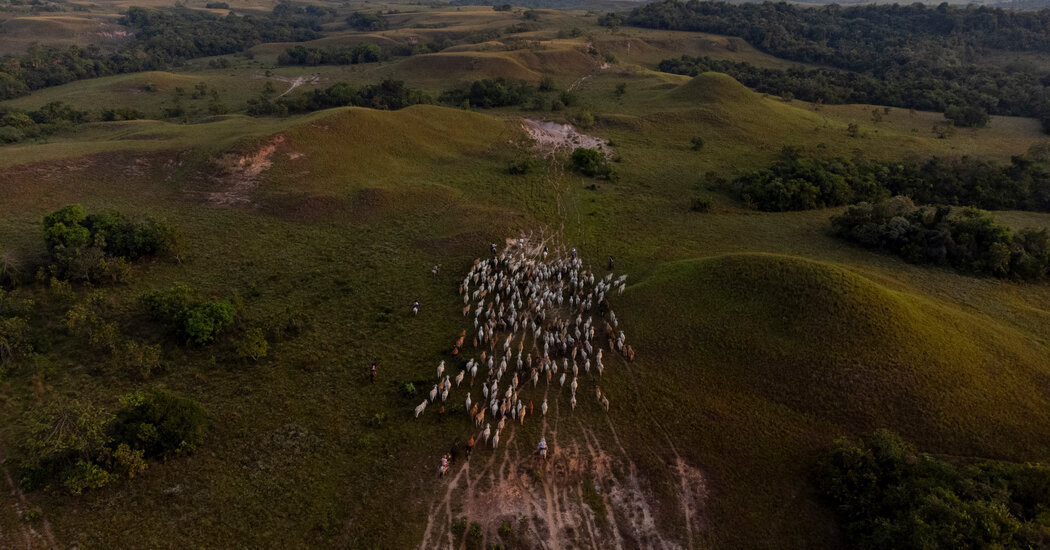
The llanos region spans more than 200,000 square miles through Colombia and Venezuela. Hot winds blow over its grassy hills, and scattered forests of Mauritius palms shelter hidden streams and lagoons. For centuries this landscape, shaped by ancient rivers, has been shared by ranchers and cattle, which learned to coexist with jaguars, panthers, anacondas, electric eels and crocodiles.
In December, Colombia declared a new national park in a corner of the llanos that borders the Manacacías River. The Manacacías joins the larger Meta River; then the Orinoco River, which forms part of the border with Venezuela; and there feeds into a tributary of the Amazon. At 263 square miles, the new park, Parque Nacional Natural Serranía de Manacacías, is not Colombia’s biggest. But from a conservation perspective it is strategic, protecting a crucial link between this vast tropical savanna and the Amazon, the world’s largest rainforest.
The Manacacías park is six hours from the nearest town, San Martín. To reach it, one must navigate unmarked roads across an undulating sea of green prairie grass, seldom seeing another vehicle. Cellphone signals die as the sky widens and the ubiquitous zebu cattle grow sparse.





